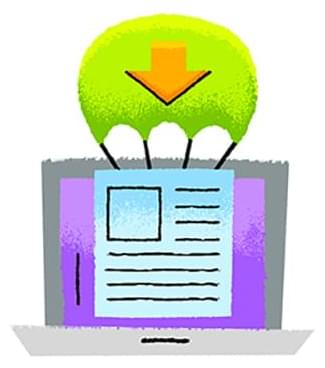Microsoft is investigating an ongoing outage that is blocking admins worldwide from accessing the Exchange Admin Center (EAC).
The company tagged this ongoing issue as a critical service issue tracked under EX1051697 on the Microsoft 365 Admin Center, and it says that “at this time appears to be a global issue.”
Since the outage started two hours ago, affected IT administrators have reported seeing “HTTP Error 500” errors when attempting to log into the Exchange admin center portal.







